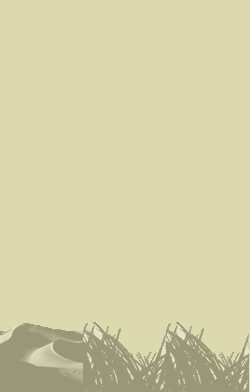The marbled polecat (V. peregusna) is a small mammal belonging to the monotypic genus Vormela within the Mustelinae subfamily. Vormela is from the German word Würmlein[1], which means “little Worm”. The term peregusna comes from pereguznya, which is Ukrainian for polecat.[2] Marbled polecats are generally found in the dryer areas and grasslands of south-eastern Europe to western China. Like other members of Mustelinae, it can emit a strong smelling secretion from anal sacs under the tail when threatened.
Marbled polecats are found in open desert, semi-desert, semi-arid rocky areas in upland valleys and low hill ranges, steppe country and arid subtropical scrub forest. They avoid mountainous regions. [38] [39] [40] Marbled polecats have been sighted in cultivated areas such as melon patches and vegetable fields. [41]
Burrows of large ground squirrels or similar rodents such as the great gerbil (Rhombomys opinus) and Libyan jird are used by marbled polecats for resting and breeding. They may also dig their own dens or live in underground irrigation tunnels. [42] [43] In the winter, marbled polecats will line their den with grass. [44]
(From Wikipedia.org, August 2 2010)
– – –
Maximum longevity: 8.8 years (captivity) Observations: One wild born specimen was about 8.8 years old when it died in captivity (Richard Weigl 2005).
(From AnAge via The Encyclopedia of Life, August 2 2010)
– – –




